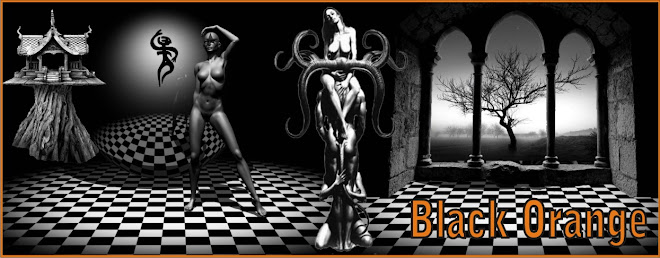18 December 2010
17 December 2010
8 December 2010
EROTICISM

 George P. Traikos
George P. Traikos
 George P. Traikos
George P. Traikos George P. Traikos
George P. Traikos
2008
"The Pray"
 George P. Traikos
George P. Traikos
2008
"In The Garden"
(Photoshop Collage)
FETISH
The word fetish originally meant "charm," and it originates from the 15th century Portuguese word feitico , which means false power, object or charm.
For example, when the Portuguese explored West Africa and encountered native religions, they called whatever talisman (totems, carvings, beads) they revered, a fetish.
To the Portuguese in those days, the fetishists were those who worshiped the unusual. Later on, however, the implication of the word took on a whole different meaning.
First, a fetish involves the transfer of power from an original source onto a substitute.
Second, a fetishist is someone who operates outside the circle of what is characteristically considered normal. But, what is normal nowadays?
Types of fetishes
There are many diverse kinds of fetishes, depending on the object being fetishized.
Inanimate fetishes come in three varieties: media, form and animate.
In a "media" fetish, material is what is obsessed over. Media fetishes include rubber, leather, latex, and silk.
With a "form" fetish, it's the shape of the object that has great significance. Stiletto heels, knee-high boots and lingerie fall into this category.
Feet, hair, butts, breasts, and all that good stuff are also considered fetishes, but since these objects are human, they're called "animate" fetishes
La Chiave Ad Etere - Nicole M
SEXUAL ALCHEMY
For many centuries it has been the practice of the mainstream religions to either deny that such unions take place, or to condemn them as invariably evil. The possibility that a higher spiritual being might enter into a consensual, continuing sexual relationship with a mortal is not recognized. Spirits that desire human beings are characterized by the churches as demonic, and their sexual attentions are almost always presented as a kind of abuse.
This antagonism did not always exist. In pagan times, love between the gods and mortals was thought to produce as offspring the heroes of legend, the men and women of great beauty and strength who accomplished superhuman tasks. The love of a god or goddess was viewed as a blessing. Men and women of wisdom, the wizards and enchantresses such as Merlin and Medea, were often fabled to be the offspring of unions between higher spirits and humans, or the descendants of such offspring.




























